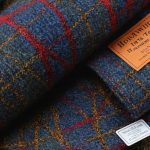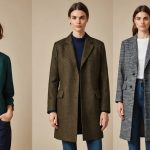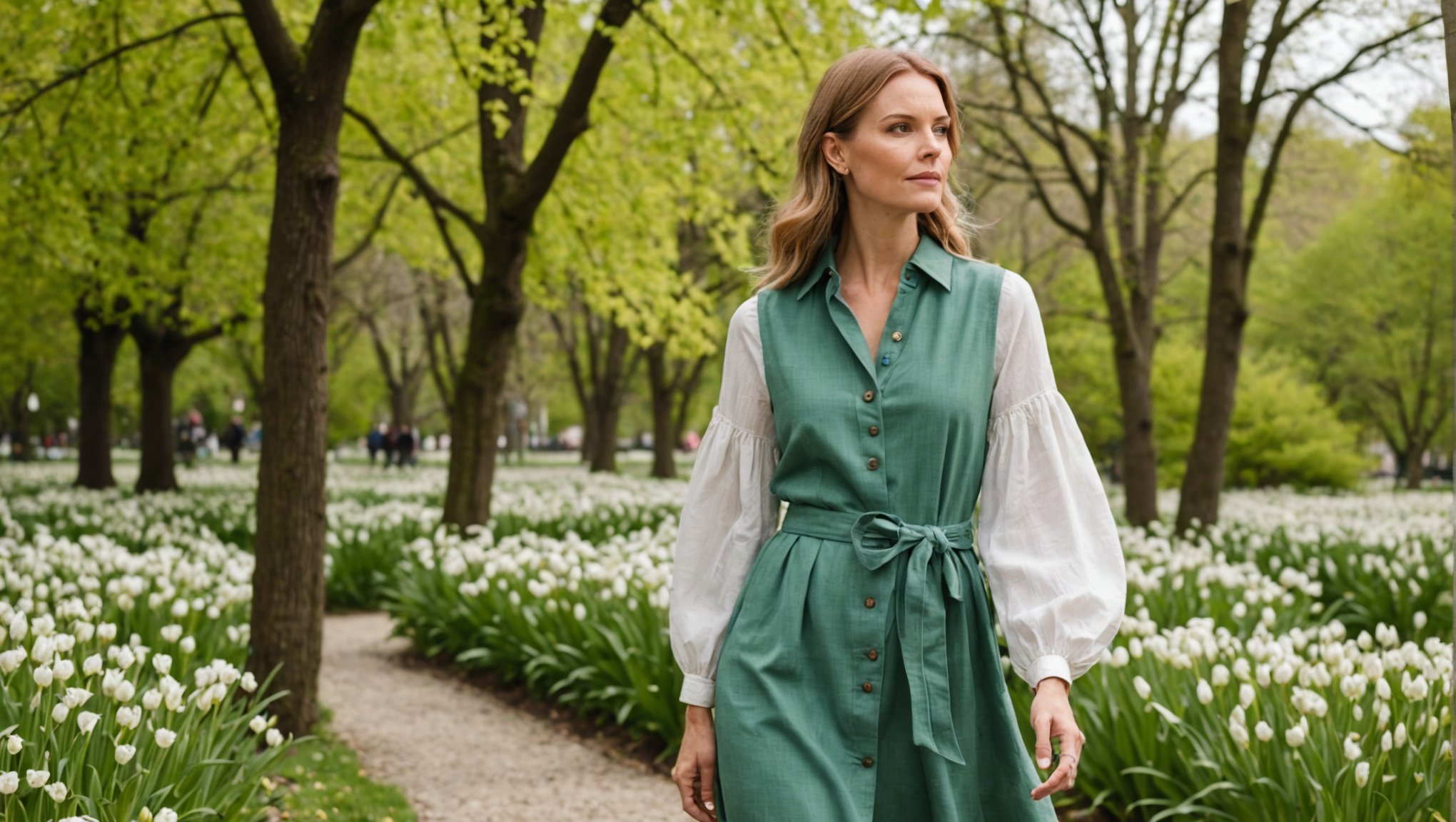In today’s world, sustainable fashion is not just a trend, but a necessity. As public awareness of environmental issues grows, the fashion industry has been put under scrutiny for its environmental impact. Hence, the spotlight is shifting to eco-friendly and sustainable fashion practices. More and more people are asking, “how can you incorporate eco-friendly fabrics into your spring wardrobe for a sustainable fashion statement?”
Understanding Sustainable Fashion
Before we dive into the specifics of making your wardrobe more eco-friendly, it’s crucial to understand what sustainable fashion means. It’s not just about wearing organic cotton t-shirts or recycled jeans. It’s a comprehensive approach to fashion that considers the entire lifecycle of a garment – from the production process and the materials used, to the way it’s discarded.
Also read : What Is the Ideal Skincare Routine for Managing Rosacea Symptoms During the Winter Months?
Sustainable fashion is about reducing environmental damage while upholding ethical labor practices. It’s about using fabrics and materials that are not harmful to the environment, and promoting manufacturing practices that minimize waste and carbon emissions. In essence, it’s about making fashion that is good for both the people and the planet.
Eco-Friendly Fabrics: A Solution to Sustainable Fashion
Eco-friendly fabrics are emerging as a key solution to the challenge of sustainable fashion. These fabrics are made from natural, organic, or recycled materials, reducing their environmental footprint. Here, we will explore how you can incorporate these eco-friendly fabrics into your spring wardrobe.
Additional reading : Can Meditation Help Reduce Shopping Impulses and Lead to More Mindful Fashion Choices?
Organic Cotton
Organic cotton is a good place to start. Unlike conventional cotton, organic cotton is grown without the use of harmful pesticides and synthetic fertilizers. This makes it a more environmentally friendly option. You will find a wide range of garments made from organic cotton, from t-shirts and dresses to jeans and jackets.
Look for certifications such as the Global Organic Textile Standard (GOTS) or the Organic Cotton Standard (OCS) when buying organic cotton. These certifications ensure that the cotton is genuinely organic and that the production process meets specific environmental and social standards.
Recycled Materials
Recycled materials, such as recycled polyester or nylon, are another excellent choice for eco-friendly clothing. These fabrics are made from post-consumer waste, such as plastic bottles or old garments, reducing the need for new raw materials and minimizing waste.
Some brands even offer garments made from recycled cotton or wool. These fabrics are made by breaking down old garments and spinning the fibers into new yarn. This process saves water and energy compared to the production of new cotton or wool.
Natural Fibers
Natural fibers, like linen, hemp, and bamboo, are also great for a sustainable spring wardrobe. These materials are grown without the need for much water or pesticides, and they are fully biodegradable.
Linen, in particular, is perfect for spring. It’s lightweight, breathable, and has a unique texture that adds a touch of sophistication to any outfit. Hemp and bamboo are also excellent choices, offering durability and comfort.
Making the Switch to a Sustainable Wardrobe
Transitioning to a sustainable wardrobe doesn’t happen overnight. It involves understanding the impact of your clothing choices and making conscious decisions to choose eco-friendly options. Consider the materials of your garments, how they are made, and how they will be discarded.
By incorporating eco-friendly fabrics into your spring wardrobe, you are not just making a sustainable fashion statement. You are also contributing to a more sustainable future for our planet. From organic cotton to recycled materials and natural fibers, there are plenty of options to choose from.
Remember, every bit helps. Even if you can’t switch your entire wardrobe to sustainable options, start small. Even a single eco-friendly piece can make a difference. As the saying goes, “We don’t need a handful of people doing zero waste perfectly. We need millions of people doing it imperfectly.”
The Role of Fashion Brands in Promoting Sustainability
While consumers play a crucial role in promoting sustainable fashion, brands also have a significant part to play. More and more fashion brands are recognizing the importance of sustainability and are taking steps to minimize their environmental impact.
These brands are investing in organic and recycled materials, implementing more efficient manufacturing processes, and promoting transparency in their supply chains. They are also offering repair services, encouraging consumers to take care of their garments and prolong their life instead of buying new ones.
As a consumer, you can support these initiatives by choosing brands that prioritize sustainability and transparency. Look for brands that provide information about their materials, production processes, and environmental impact. This way, you can make informed decisions and choose clothing that aligns with your values.
Remember, sustainable fashion is not just a trend. It’s a movement towards a more sustainable future. By incorporating eco-friendly fabrics into your spring wardrobe, you are taking a crucial step towards this future. So next time you go shopping, ask yourself, “how can I make my fashion choices more sustainable?” The answer might be simpler than you think.
The Importance of GOTS Certified and Fair Trade in Sustainable Fashion
When shopping for sustainable fashion, certifications like GOTS certified or Fair Trade can act as valuable guides. These certifications not only guarantee that the materials used are eco-friendly, but they also ensure fair labor practices have been employed during the garment’s creation.
The Global Organic Textile Standard (GOTS) is recognized worldwide as the leading processing standard for textiles made from organic fibers. It defines high-level environmental criteria throughout the entire supply chain of organic textiles and demands compliance with social standards.
Fair Trade, on the other hand, is a certification that guarantees that the people involved in the production process are paid fair wages and work in safe and healthy conditions. By choosing GOTS certified or Fair Trade clothing, you’re not only making a sustainable choice for the environment, but also promoting fair labor practices.
In addition, look for labels like Oeko-Tex, a standard which tests textiles for harmful substances. This certification ensures that every component of the garment, from the thread to the finished product, has been tested for harmful substances and is therefore harmless in human ecological terms.
Building a Capsule Wardrobe: A Sustainable Fashion Design Practice
Another way to incorporate eco-friendliness into your wardrobe is by adopting the practice of a capsule wardrobe. A capsule wardrobe is a collection of a few essential items of clothing that don’t go out of fashion. They can be augmented with seasonal pieces, which can help you to reduce the urge to indulge in fast fashion.
This practice emphasizes the concept of ‘slow fashion’, where the focus is on quality rather than quantity. With a focus on timeless fashion design, you can invest in high-quality pieces made from sustainable materials that will last for many seasons. This not only curtails the vicious cycle of fast fashion but also leads to a more thoughtful and sustainable approach to fashion.
Building a capsule wardrobe can initially seem daunting. However, start by sorting through your existing wardrobe, keeping only those items you love and wear regularly. From there, identify the gaps and add pieces mindfully. Opt for versatile items that can be mixed and matched for a variety of outfit combinations.
Conclusion: Towards a Sustainable Future in Fashion
Sustainable fashion is a journey, not a destination. Each step we take, from choosing organic cotton over conventional or adding a GOTS certified piece to our cart, contributes towards reducing the environmental impact of our fashion choices.
Supporting brands that prioritize transparency in their supply chain, adopting fair trade practices, and utilizing recycled materials are all ways we can make a difference. Embracing a capsule wardrobe and the concept of slow fashion further helps combat the fast fashion industry’s damaging effects.
Incorporating eco-friendly fabrics into your spring wardrobe allows us to make a sustainable fashion statement and contributes to a healthier planet. Remember, we don’t need to be perfect. We need to be conscious, mindful, and committed.
In the journey towards sustainable fashion, every action counts. And remember, it’s not just a movement, it’s a testament to our commitment to future generations.











